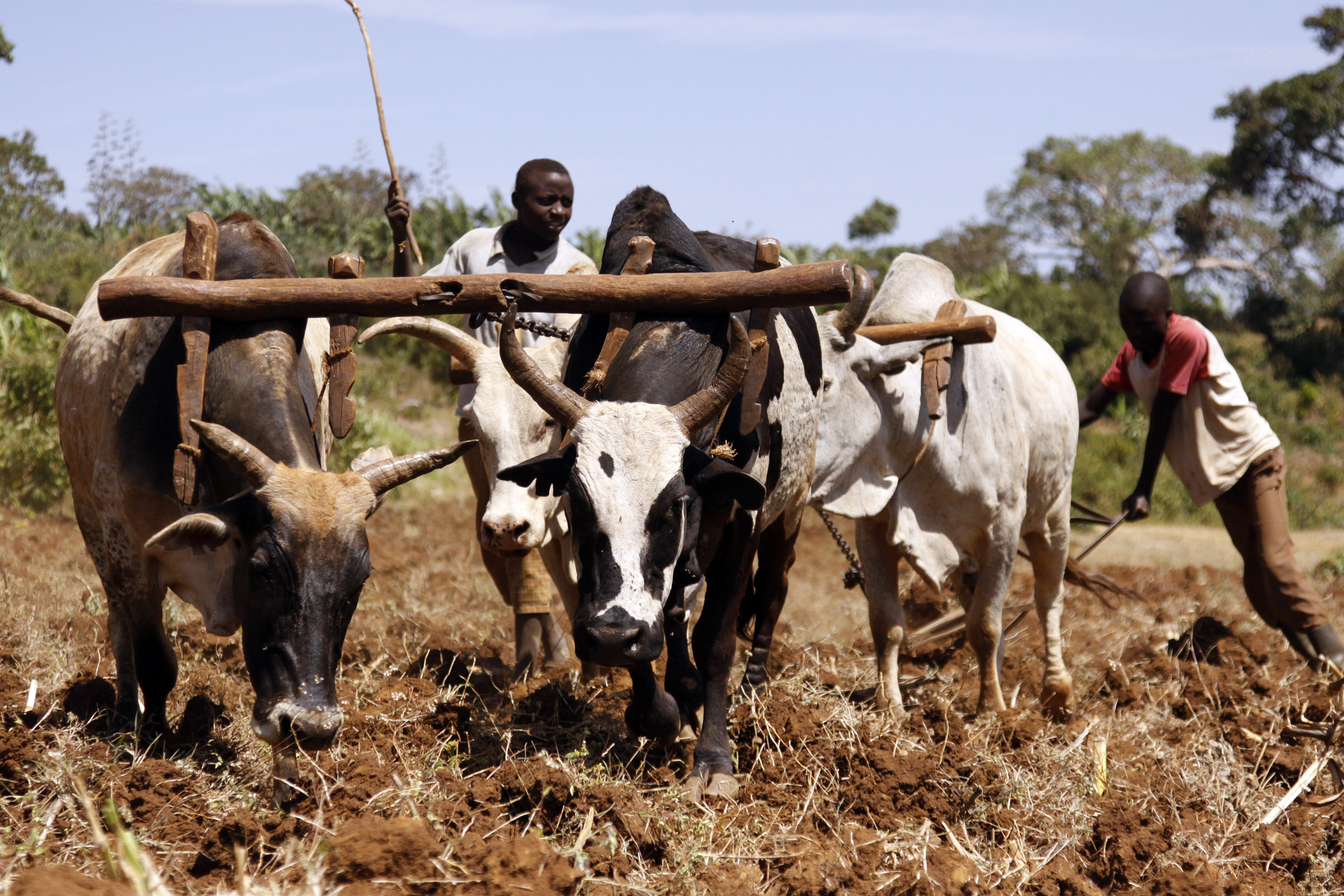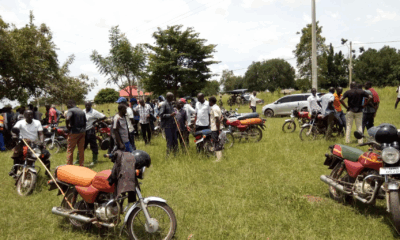Columnists
Why Ox-ploughing is popular in parts of Uganda
An ox-plough is a single mouldboard plough that is hulled mainly by oxen, although camels, donkeys and mules can also be deployed. Ox-ploughing has been used for centuries, dating back to olden times in Asia and later spreading to Africa.
The ox-plough remains the single most important primary tillage tool in Sub-Saharan Africa.
In Uganda, ox-traction is largely used in the eastern and north-eastern parts due to the fairly flat terrain, light soils and hardened breeds of animals that can handle the heavy workload of ploughing.
Understanding the ox-plough and its parts
For primary tillage operations, ox-ploughs are usually charged between UGX 80,000 and UGX 150,000 per acre, depending on nature of the field (wetland/low land or not), assumed moisture content (dryness) of the soil and seasonal demand for ploughing services.
Ox-plough operators usually start their works as early as 5:00am and stretch to 9:00 or 10:00 am because the strength and output of the oxen are affected by the rising temperatures.
The desirable plough depth is 8 inch (20 cm) though 10 to15 centimetre deep furrows are the most common.
A cleared acre piece of land can be ox-ploughed in 2 consecutive operations using two pairs of oxen whereas a low land with heavy or sticky soils can even take four operations to complete.
Although two pairs of oxen are desirable for primary tillage operations, single pair use has gained prominence in the countryside due to dwindling numbers of oxen.
Where conservation agriculture has been promoted and practiced, ox-plough use is one of the most favourable practices since it leaves unploughed land between the farrows and offers minimum depth.
Benefits of ox-ploughing
There has been massive forest and wetlands reclamations for farming. Reclaimed forest lands with tree stumps, anthills, uneven surfaces, and heavy or soggy wetland soils are unfavourable for tractor ploughing but favourable for ox-ploughing.
Landholding as small as half an acre makes ox-ploughs economically more favourable than tractor ploughing.
The ease of assembly, repair and availability of spare parts for ox-ploughs has made their continued use unchallenged.
There are many local shops and artisans that deal in ox traction products as compared to tractors that require more specialised inputs and skills.
The initial cost of ox-ploughs is quite affordable to individual farmer as compared to tractor machinery.
Whereas an ox-plough costs between UGX 230,000 and UGX 350,000, depending on the mode of purchase (direct or bidding), a four-wheel tractor component costs between USD 27,000 and USD 35,000, depending on the horsepower and accompanying agricultural implements.
In inaccessible and hard-to reach terrains, ox-ploughs can be easily deployed
Whereas tractors and hand-hoes are disposed of as scrap and other rejects, oxen are sold to generate cash at the expiry of their ox traction use.
The livestock (oxen, camels, donkeys) used in ox-ploughing can withstand harsh climatic conditions with minimal breakdowns.
There are no costs associated with servicing oxen just like it is the case with tractor use.
Oxen can be used for other purposes including transport, recreation, animal breeding, sale for cash, among other purposes as compared to tractors or hand-hoes.
The process of using ox-ploughs in the fields is very easy and simple to be handled by youth and women.
As compared to human beings, ox-ploughs can deliver slightly more acreage.
What to consider when choosing oxen and ploughs
Local breeds with short legs and strong, muscular bodies are desirable because they can withstand the local environment and resist diseases.
Though not a must, horned oxen are preferred so as to hold and support the yokes (the wooden component that transmits the animals’ force to the hulled implements) in position during operations.
To benefit from a longer working life of the oxen, moderately aged oxen should be considered. Animals that have shed off all their milk teeth and have not fully developed their centre teeth are desirable.
Oxen should be castrated to avoid getting distracted by females and to remain docile and manageable.
The yoke (the wooden component that transmits the animals’ force to the hulled implements), should be strong, durable, light in weight and made from locally available materials.
To achieve desired yoke durability and strength, the wood should be seasoned by placing it in water or burying it underground for at least one week.
The chosen yoke material should have its outer coating peeled off. It should be straight, free from swellings or knots, and should be dried upon seasoning. The materials should be longer than the required yoke length so as to account for a reduction in length upon season and drying.
The yoke should be strong enough to avoid breakage or damaged during operations. However, it should not be too heavy to add excessive weight to the animals as this would affect their ploughing output.
The trek chain that connects the oxen to the ploughs should be long and strong enough not to inflict any injuries on the working animals.
The animals should be lively – feeding, seeing, hearing and moving normally with no impairments.
The writer is a practicing agricultural engineer
Comments






















